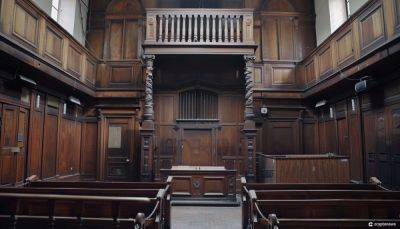Here's where the world's top 0.001% are putting their money, according to wealth experts
The uber wealthy live a world apart and their investing strategies also look vastly different from the average investor's portfolio.
«While there is no official threshold, centimillionaires or individuals with a total net worth of over $100 million, is a good benchmark as entry into the 0.001% club,» said Kevin Teng, CEO of WRISE Wealth Management Singapore, a wealth enterprise for ultra-high net worth individuals.
Globally, the population of centimillionaires stands at around 28,420 individuals, and are largely concentrated in New York City, the Bay Area, Los Angeles, London and Beijing, according to data from WRISE.
«These cities boast robust financial infrastructure, vibrant entrepreneurial ecosystems, and lucrative real estate markets, making them attractive destinations for the ultra-wealthy,» Teng told CNBC.
And this demographic that «epitomizes extreme wealth» is selective when it comes to investments, Teng said.
«They don't invest in get rich, quick things, illiquid things today. For example, that means they don't really do publicly traded equities,» said Salvatore Buscemi, CEO of Dandrew Partners, a private family investment office.
«They actually don't even invest in crypto, believe it or not,» Buscemi told CNBC via Zoom. «What they're looking for is to preserve their legacy and their wealth.»
As a result, centimillionaire portfolios often feature «very strong, stable pieces of real estate,» Buscemi said. These wealthy individuals gravitate toward «trophy asset» Class A properties, or investment-grade assets that typically were built within the last 15 years.
Michael Sonnenfeldt, founder and chairman of Tiger 21 — a network of ultra-high net worth entrepreneurs and investors — told CNBC that real estate
Read more on cnbc.com




















